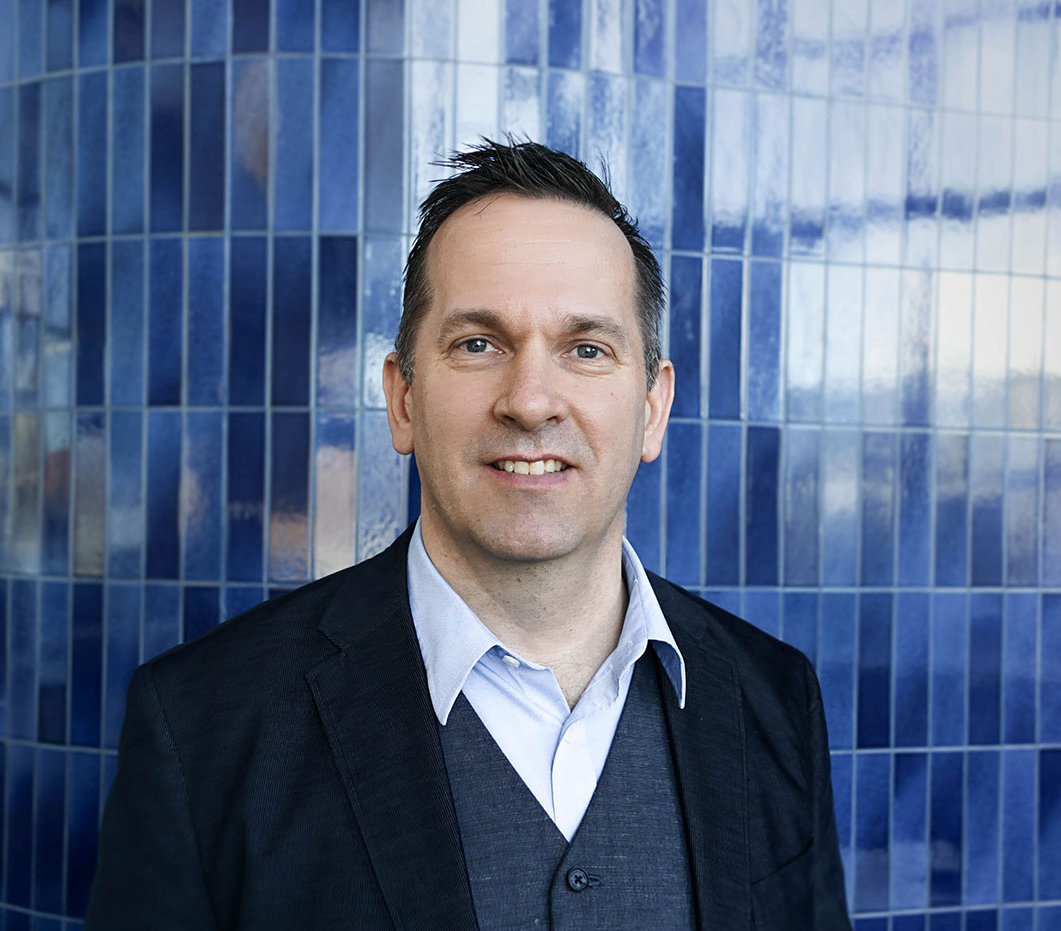Memory bends and folds time. Ideas distant in time can be suddenly pertinent. In his 1972 book Technological Planning and Social Futures, Erich Jantsch explores very timely ideas indeed, valuable for 1972 but even more urgent today.
I happened across Jantsch's book a couple of months ago while on one of my habitual shelf reads at a local university. It was the title that caught my attention and led to a Contents scan and then the discovery of Chapter 9 "Adaptive Institutions for Shaping the Future". After re-reading my notes from social innovation scholar Frances Westley's keynote at the Congress of the Social Sciences and Humanities I realized that the reference I had noted as "Jantz" was Westley referring to Jantsch and then it all made a whole lot more sense.
We are in desperate need of institutions that are able to change with the changing conditions that flow in and around them. Jantsch argued that there is a deep interdependence of function and objective at work between and within nature, man, society, technology. He neatly notes that a highly linear process can't deliver transformative innovation and that "...planning for technological innovation ought to include planning for new institutions (137).
He argues that there are three types of institutions:
The first are the instrumental types which are the least flexible, deliver clear, known, material or non-material resources—"semi-mechanical instruments capable of playing one tune only" (139) that we see in military, administrative, bureaucratic settings.
Second, there are pragmatic institutions which are action oriented to clear goals, and tend toward not being permanent but which are there for the purpose of accomplishing something clear and direct and "tend to push certain strategies to their extremes, while neglecting alternative options" (141). They are designed for profit maximization, strategy for strategies sake, and the generation of specialists. Universities perhaps fit here to some extent—"specialists, in turn, generate sequential solutions which clog the system" (143).
Finally, there are adaptive institutions that "are geared to the flexible process of continuous search and modification which is the essence of planning at the higher levels of 'future-creative' planning, namely the levels of strategies and policies" (143). Adaptive institutions are more likely to be part of inter-institutional networks/frameworks, demonstrate an ability for synthesis, work with vertical impetus and horizontal synthesis. They are the "look-out" institutions who can see possible futures but can act outside of government or industry—universities could do this but generally become mired in the second category of pragmatic delivery. He suggests that "such new adaptive institutional frameworks, transgressing national and other traditional boundaries, will finally permit the overall problem of 'ecological engineering' to be tackled on a regional and global bases" (156).
What is intriguing about Jantsch is that he understood the complexity of ecology, society, and technology. He did not trust that bigger or faster or more comprehensive instrumental institutions would ever be suited to the future scout role that adaptive institutions could occupy. He saw that rapid technological change often drove the development of adaptive organizational structures through disruptive innovation. Most important, he understood that there was a deep social dimension that occurred in these transitions and which was as critical as the technological shift. Simplistic binaries would not yield insight or facilitate the driving changes. What would win the day was flexibility that kept delivering what was needed while morphing. Universities have long talked of interdisciplinarity as a stimulating and interesting concept but actually shifting the departmental processes, hiring and vetting would suggest it doesn't exist at that level except by exception: specialists are still the market preference.
As our future guide, Jantsch argued in 1972 that we need to make up our minds about the future, deciding we can know it and how, or that we can know some of it and here's what we know, or that we can't know it and must stay bendy. It is this last observation that is so needed today. We need to do much more to advance our understanding of what makes institutions bendy, adaptive, flexible, reconfigurable, and thus functional over long time horizons. This is particularly true of institutions that embody our ideals of justice, fair distribution, ethics and care.
Institutions tend to believe that the future is whatever they are doing extended into the future. But success requires being able to re-configure for unknowable conditions while remaining viable. Jantsch was keen about trying to push us to think about such possibilities and to understand the processes that this stance of alertness required or needed to guard against. Ironically, the institutions we value most tend to be subject to various kinds of organizational protection and calcification. Introducing the right amount of flexibility into public education, the courts, and political process is an adaptive challenge that we can ill afford to meet.






